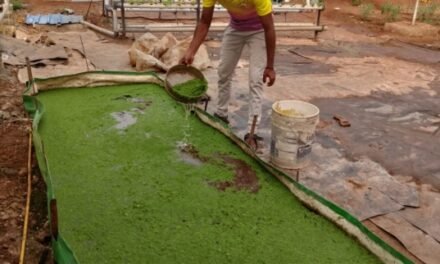## Understanding FRP: The Future of Materials### IntroductionFiber Reinforced Polymer (FRP) is revolutionizing the construction and manufacturing industries. Known for its strength, durability, and lightweight properties, FRP is increasingly being utilized in a variety of applications. In this blog, we’ll explore what FRP is, its advantages, applications, and future trends.### What is FRP?FRP is a composite material made of a polymer matrix reinforced with fibers. The fibers are typically glass, carbon, or aramid, which enhance the material’s mechanical properties. The combination results in a material that is both strong and lightweight, making it ideal for numerous applications.
### Advantages of FRP1.
**High Strength-to-Weight Ratio**:
FRP materials are significantly lighter than metals but offer comparable strength, making them ideal for weight-sensitive applications.
2. **Corrosion Resistance**: FRP is resistant to many chemicals and environmental factors, which prolongs the lifespan of structures and components.
3. **Flexibility in Design**: FRP can be molded into complex shapes, allowing for innovative design possibilities in architecture and engineering.
4. **Low Maintenance**: Due to its durability and resistance to environmental degradation, FRP requires minimal maintenance over its lifecycle.
### Applications of FRP
#### 1. ConstructionFRP is widely used in construction for reinforcement in concrete structures, bridge components, and as formwork. Its lightweight nature reduces the overall weight of structures, enhancing their seismic performance.
#### 2. Aerospace and AutomotiveIn the aerospace and automotive industries, FRP components contribute to weight reduction and improved fuel efficiency. Applications include body panels, interiors, and structural components.
#### 3. Marine IndustryFRP is used for boat hulls and components due to its resistance to water and salt, as well as its lightweight properties, which enhance performance.
#### 4. Electrical and TelecommunicationsFRP materials are used in electrical applications such as insulators and cable trays, providing both strength and insulation properties.
### Future Trends in FRPAs technology advances, FRP continues to evolve. Key trends to watch include:- **Sustainability**: The development of bio-based resins and recycled fibers aims to make FRP more environmentally friendly.- **Smart Materials**: Integrating sensors into FRP can create smart structures that monitor their own health and performance.- **3D Printing**: Innovations in 3D printing with FRP materials are paving the way for custom solutions and rapid prototyping.
### ConclusionFiber Reinforced Polymer is an innovative material that offers numerous advantages across various industries. Its strength, durability, and versatility make it a material of choice for the future. As we continue to explore its potential, FRP is set to play a crucial role in shaping modern engineering and design.
### Call to ActionHave you worked with FRP or seen its applications in action? Share your experiences and thoughts in the comments below! Let’s discuss the impact of this remarkable material on our world.


